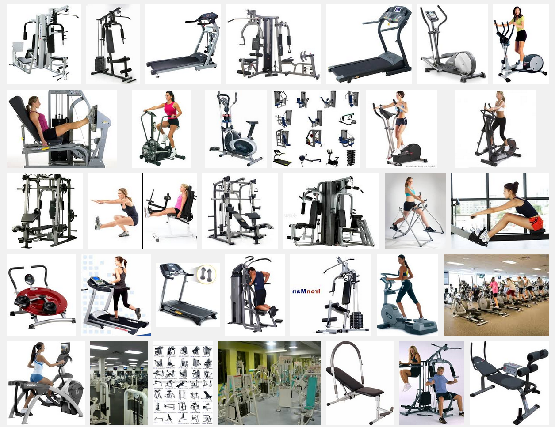Our environment is suffering and our resources are depleting because we use too much of everything. If you follow one or all of the tips below, you can actually see real savings on your energy bill.
In a typical U.S. home, appliances and electronics make up about 20% of energy use. Energy Star labels are strict guidelines created by the U.S. Department of Energy and Environmental Protection Agency for energy efficiency.
Light bulbs: Use energy saving CFLs (Compact Fluorescent Light bulbs) instead of the conventional incandescent light bulbs. Although CFLs cost 3-5 times as much as the incandescent light bulb, CFLs only use one-quarter of the electricity and lasts years longer. Each CFL bulb contains 5mg of mercury, so you will have an extra item to sort in the recycling bin.
Dishes: Never load your dishes in a dishwasher unless they are a full load. Air-dry dishes instead of using a dryer.
Laundry: Wash clothes with cold or warm water instead of hot water when you can. Instead of using the dryer, air-dry or hang your clothes on a clothes line. Don’t use the dryer unless it houses a full load.
Refrigerators: Think of what you want to take out before you open the refrigerator. Leaving the door open will waste extra energy.
Take Showers, less Baths: Taking showers instead of baths will reduce water usage and also lower your heating bill.
Using a power strip can reduce electricity used to power home appliances. Even when your appliances are turned off, energy is still being consumed from the outlet. To avoid extra energy costs, unplug the appliance or use a power strip.
Weather-Strip Windows and Doors: Check windows and doors for air leaks. Air leaks can be sealed by caulking or weather-stripping. By securing the leaks in your home, cool and hot air will be kept in your home longer. Less heating and cooling will help you save on energy costs.
Look for the Energy Star label: Energy Star labels are only given when products and appliances meet strict guidelines of energy efficiency from U.S. Department of Energy and Environmental Protection Agency.
In a typical U.S. home, electronics and appliances make up about 20% of energy use. Energy Star labels are strict guidelines created by the U.S. Department of Energy and Environmental Protection Agency for energy efficiency. Light bulbs: Use energy saving CFLs (Compact Fluorescent Light bulbs) instead of the conventional incandescent light bulbs. To avoid extra energy costs, unplug the appliance or use a power strip. Less heating and cooling will help you save on energy costs.







